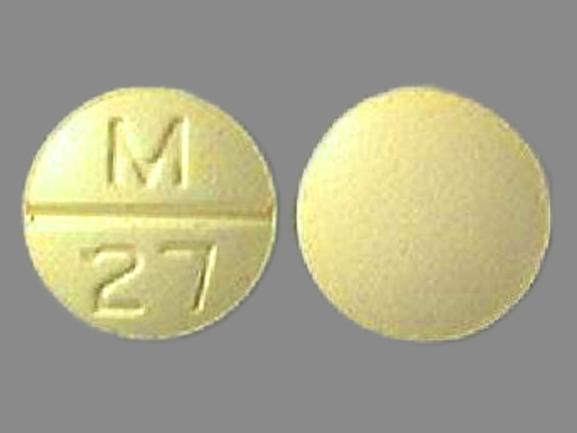Chlorthalidone/clonidine Interactions
There are 595 drugs known to interact with chlorthalidone/clonidine, along with 16 disease interactions, and 2 alcohol/food interactions. Of the total drug interactions, 54 are major, 513 are moderate, and 28 are minor.
- View all 595 medications that may interact with chlorthalidone/clonidine
- View chlorthalidone/clonidine alcohol/food interactions (2)
- View chlorthalidone/clonidine disease interactions (16)
Most frequently checked interactions
View interaction reports for chlorthalidone / clonidine and the medicines listed below.
- Adderall (amphetamine / dextroamphetamine)
- Aleve (naproxen)
- Ambien (zolpidem)
- Aspir 81 (aspirin)
- Aspirin Lite Coat (aspirin)
- Aspirin Low Strength (aspirin)
- Atacand (candesartan)
- Benadryl (diphenhydramine)
- Celebrex (celecoxib)
- CoQ10 (ubiquinone)
- Coreg (carvedilol)
- Crestor (rosuvastatin)
- Dulcolax Stool Softener (docusate)
- Eliquis (apixaban)
- Flomax (tamsulosin)
- Lipitor (atorvastatin)
- Lyrica (pregabalin)
- Metoprolol Succinate ER (metoprolol)
- Metoprolol Tartrate (metoprolol)
- MiraLAX (polyethylene glycol 3350)
- Nexium (esomeprazole)
- Norvasc (amlodipine)
- Plavix (clopidogrel)
- Prilosec (omeprazole)
- Toprol-XL (metoprolol)
- Tylenol (acetaminophen)
- Vitamin B12 (cyanocobalamin)
- Vitamin D3 (cholecalciferol)
- Zetia (ezetimibe)
- Zinc (zinc sulfate)
Chlorthalidone/clonidine alcohol/food interactions
There are 2 alcohol/food interactions with chlorthalidone / clonidine.
Chlorthalidone/clonidine disease interactions
There are 16 disease interactions with chlorthalidone / clonidine which include:
- anuria
- electrolyte losses
- liver disease
- lupus erythematosus
- renal function disorders
- bradyarrhythmia
- depression
- hypotension
- renal dysfunction
- sedatives/alcohol
- asthma
- diabetes
- hyperlipidemia
- hyperparathyroidism
- hyperuricemia
- thyroid function tests
More about chlorthalidone / clonidine
- Compare alternatives
- Drug images
- Side effects
- Dosage information
- During pregnancy
- Drug class: antiadrenergic agents (central) with thiazides
Related treatment guides
Drug Interaction Classification
| Highly clinically significant. Avoid combinations; the risk of the interaction outweighs the benefit. | |
| Moderately clinically significant. Usually avoid combinations; use it only under special circumstances. | |
| Minimally clinically significant. Minimize risk; assess risk and consider an alternative drug, take steps to circumvent the interaction risk and/or institute a monitoring plan. | |
| No interaction information available. |
See also:
Further information
Always consult your healthcare provider to ensure the information displayed on this page applies to your personal circumstances.


